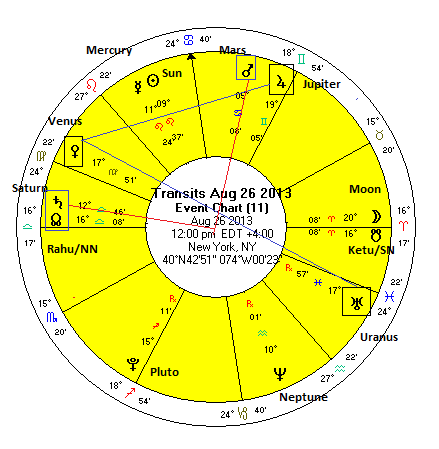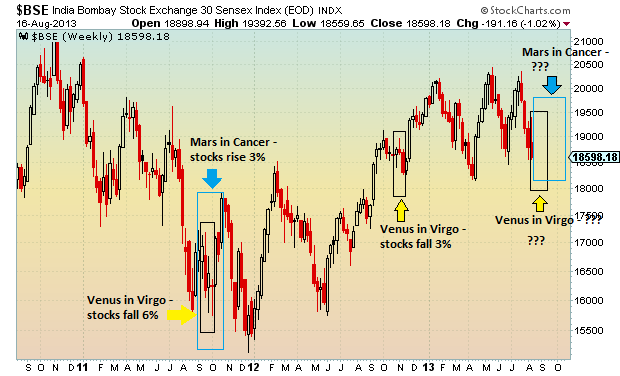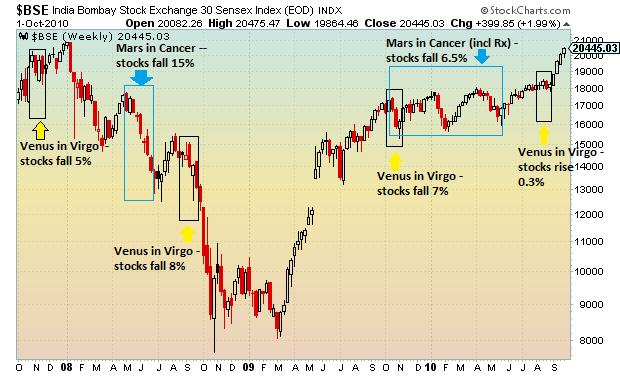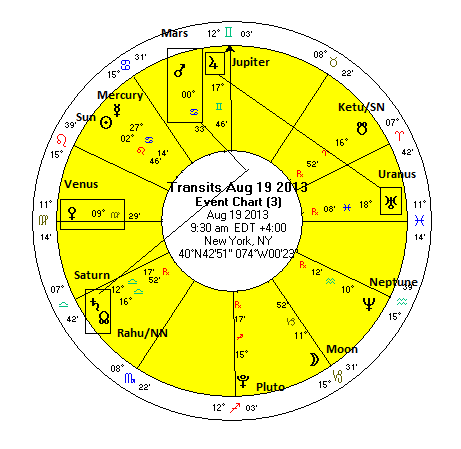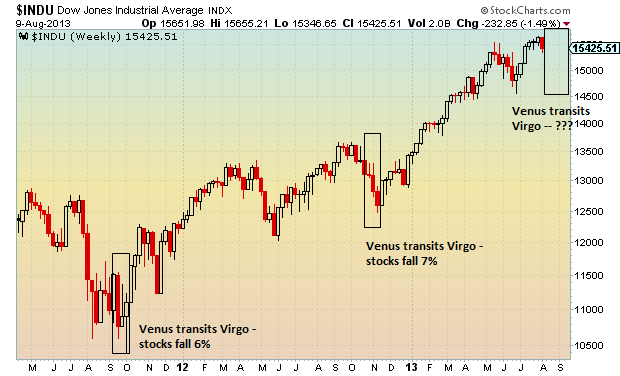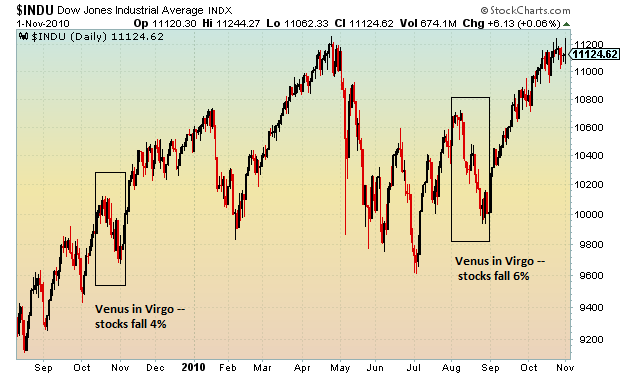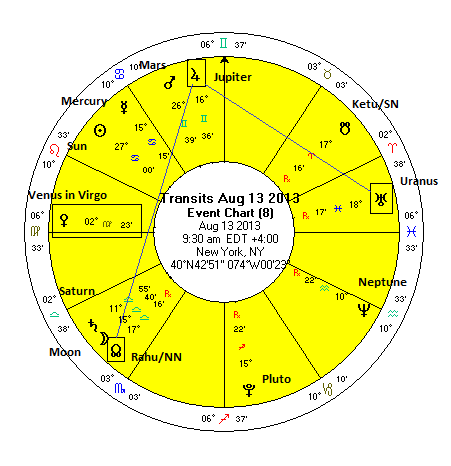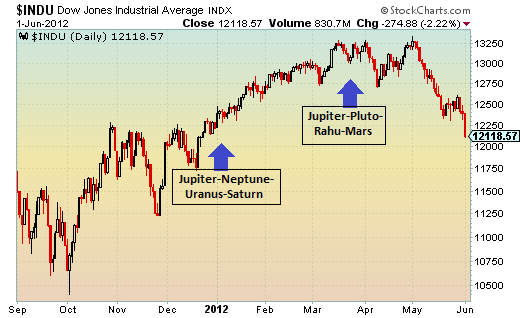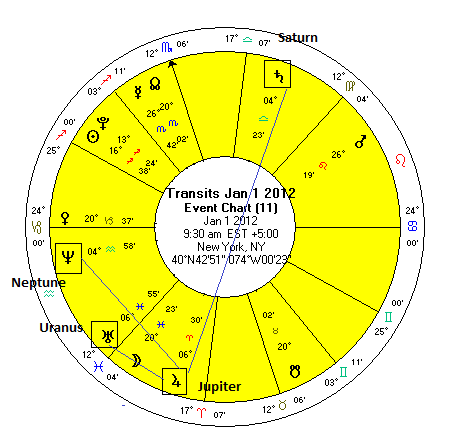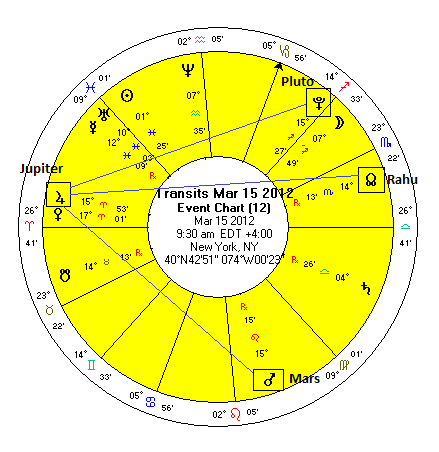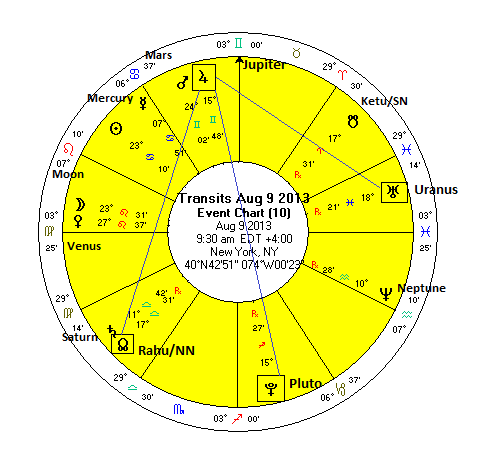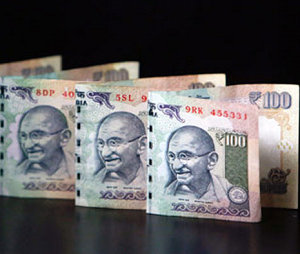 (25 August 2013)
Raghuram Rajan must be wondering what he has gotten himself into. The
incoming head of the Reserve Bank of India assumes office on 4 September
just as the country grapples with a deepening financial crisis.
Inflation is on the rise and threatening again to break into double
digit territory while the Rupee last week hit an all-time low of 65 to
the Dollar. The current account deficit shows no sign of improvement
and economic growth has contracted from 8-9% in previous years to a more
modest 4-5%.
(25 August 2013)
Raghuram Rajan must be wondering what he has gotten himself into. The
incoming head of the Reserve Bank of India assumes office on 4 September
just as the country grapples with a deepening financial crisis.
Inflation is on the rise and threatening again to break into double
digit territory while the Rupee last week hit an all-time low of 65 to
the Dollar. The current account deficit shows no sign of improvement
and economic growth has contracted from 8-9% in previous years to a more
modest 4-5%. The crisis was sparked by a sudden outflow of foreign money after the US Federal Reserve indicated it would begin to taper its quantitative easing policy. The end to the Fed's bond buying program has caused bond yields to spike higher as investors realized Uncle Sam (or rather Ben!) would no longer be a reliable buyer of its own debt. As investors follow yield wherever they can find it, rising interest rates in the US made India markets much less attractive. Hence, we have witnessed a rush to the exits from many emerging markets like India over the past two months.
From an astrological perspective, India's current troubles do not come as a surprise. As I noted in July, India was likely to experience difficult economic conditions during this time and indeed for much of 2014 also. The main culprit was Saturn (12 Libra), the planet of constraint and loss, has been forming a difficult 90-degree square aspect to Mercury (13 Cancer) in India's national horoscope. Mercury is the planet of trade and commerce and does double duty in this regard since it rules Gemini, the 2nd house of wealth and economic activity in the India chart. This aspect becomes exact in early September and may well coincide with a peak in the crisis.
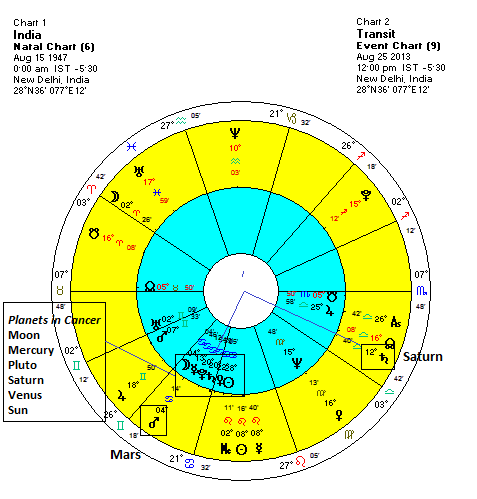
The tumultuous and chaotic nature of the crisis is reflected by the simultaneous conjunction of Mars to natal Mercury. While Saturn likely depresses economic activity through its contact with Mercury, Mars introduces an element of shock and frustration. Mars is currently still 8 degrees from its exact conjunction with Mercury and suggests there may be a climax to the economic crisis in early September when Mars and Saturn converge on natal Mercury in the India chart. The exact Mars-to-Mercury conjunction occurs on 9 September. Last week's gloom and uncertainty which saw the stock market fall sharply coincided with Mars conjoining the Moon (4 Cancer) reflecting the widespread sense of frustration and annoyance with the current situation. Emotions and moods are typically seen through the condition of the Moon.
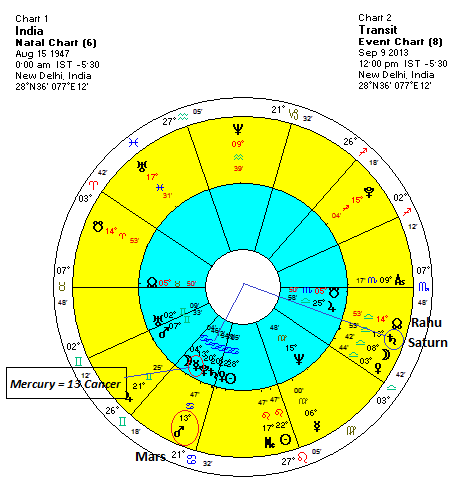
While the crisis may come to some kind of peak in September, Saturn's ongoing transit of Libra is likely to undermine prospects for recovery over the next year or two. Saturn will move away from its aspect with Mercury after September but it will approach its aspect with Pluto, Saturn, Venus and the Sun during the rest of 2013 and through most of 2014. This is likely to put a damper on the national mood and coincide with ongoing economic and political difficulties. We can see that Saturn's retrograde station in early 2014 will form a tight aspect with the Sun suggesting intense pressure and stress on the government and the PM at that time. We may well see a major disruption or shake-up in government in January and February.
Financial markets remained on edge last week. US markets held mostly steady as the Dow gave up only a handful of points closing at 15,010. As mentioned above, India was quite volatile as the BSE Sensex broke below 18,000 at midweek but recovered to finished only slightly lower on the week at 18,519. As expected, we did see declines around Monday's ingress of Mars into Cancer and Wednesday's Mars-Mercury aspect.
This week could see some optimism return in the early week as Venus is in aspect with Uranus and Jupiter. Once that aspect has passed after Tuesday, however, the other more malefic influences may again re-assert themselves as Mars tightens its aspect to Saturn and Rahu. In addition, I think we have yet to see the full negative impact of the upcoming Saturn-Rahu conjunction due on or near 17 September.
